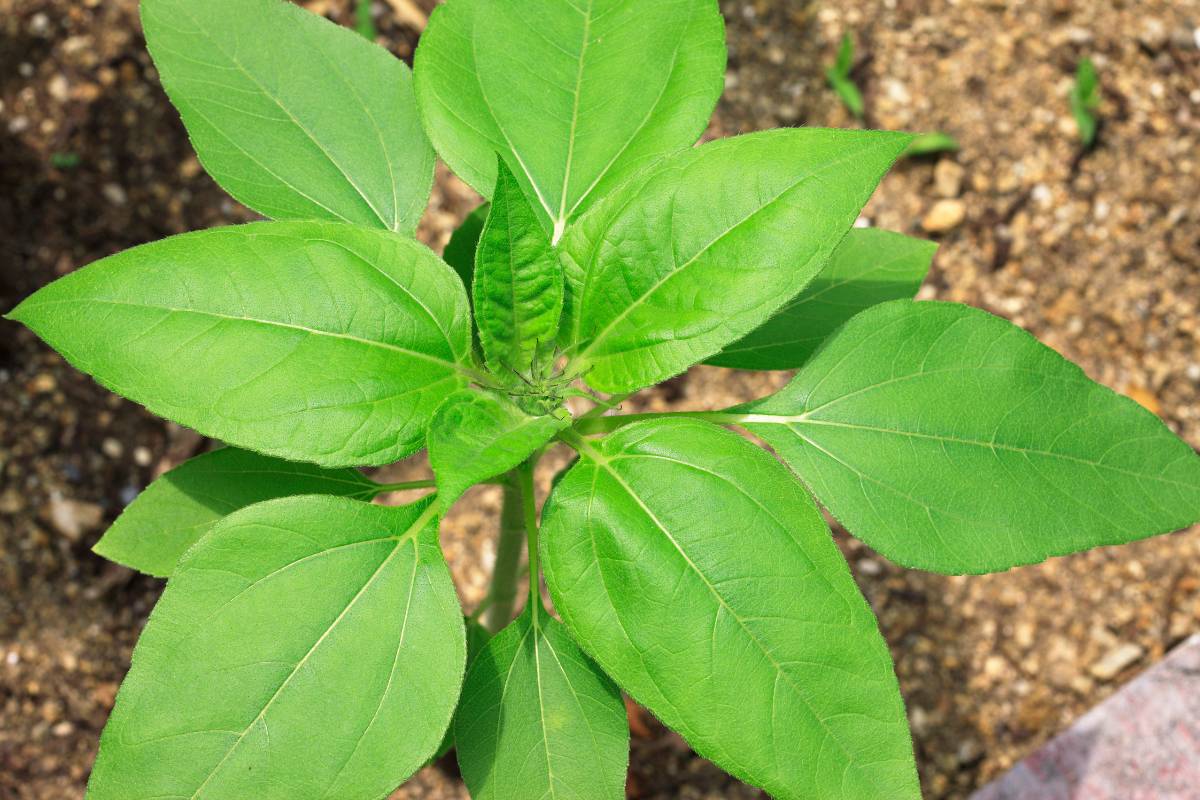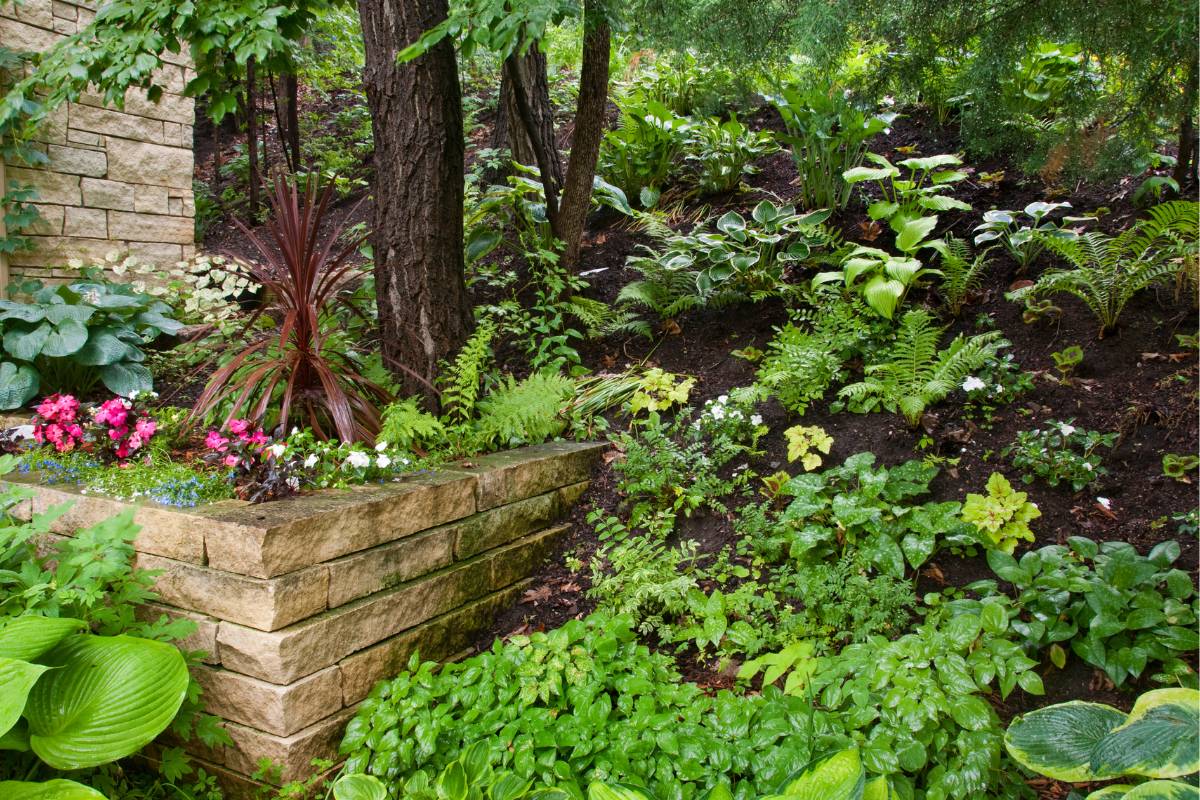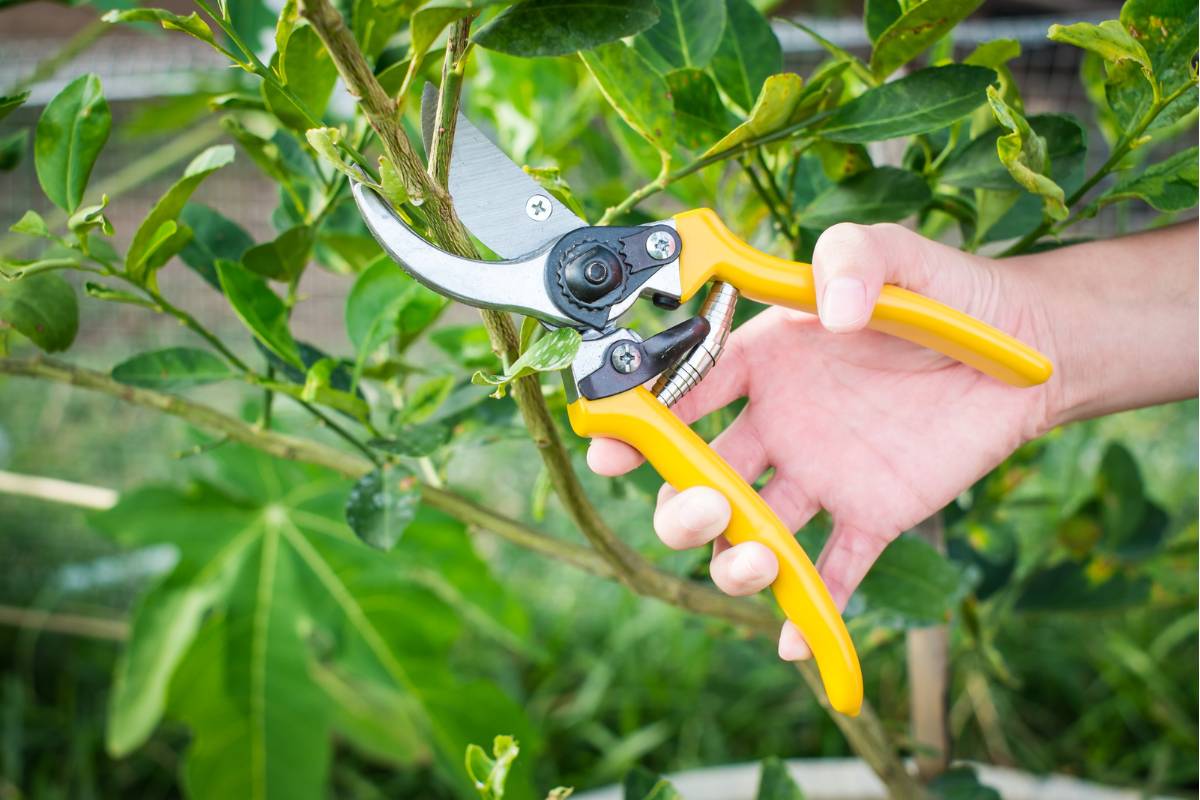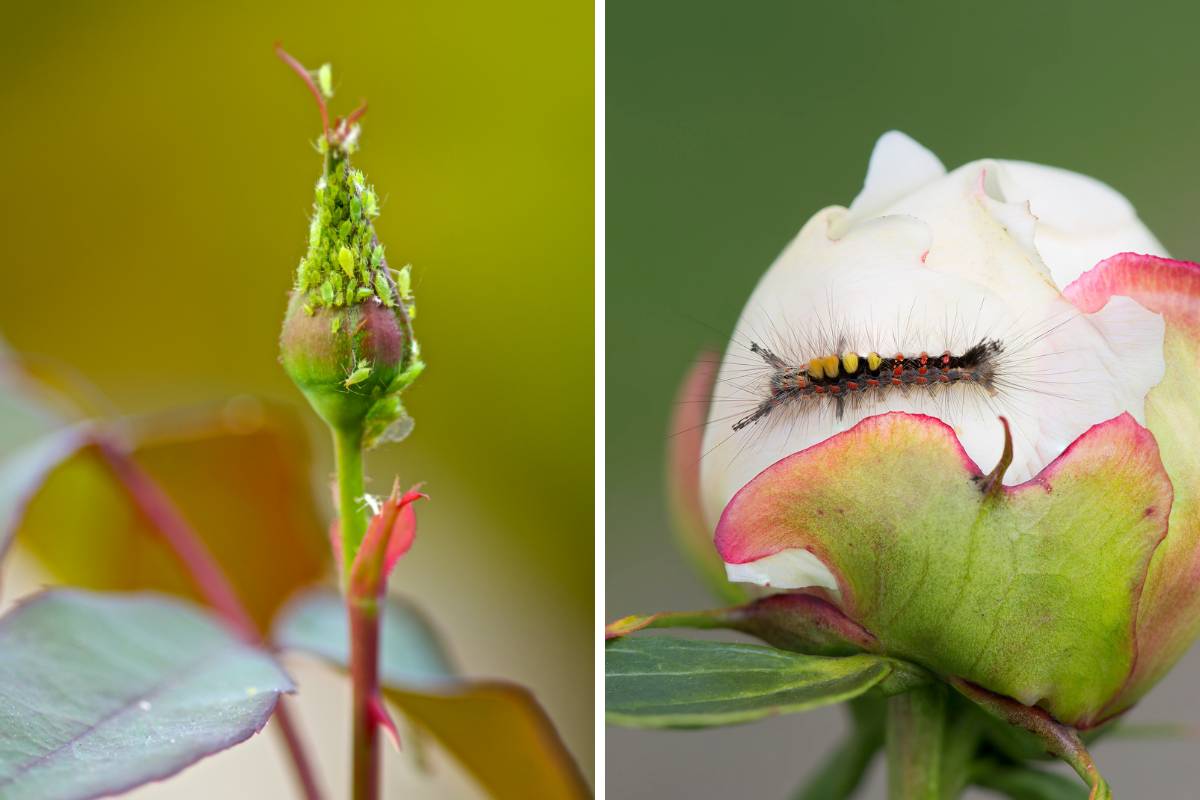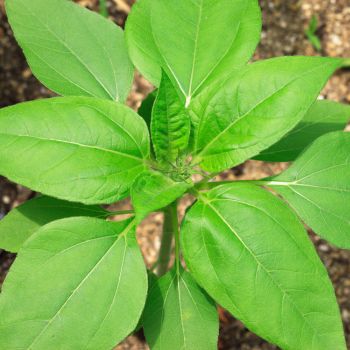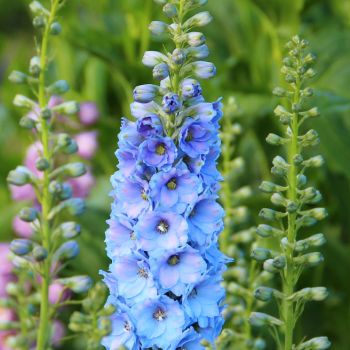Whether you're tending a small container of annuals or a large border of perennial blooms, if you grow flowers you'll be looking forward to a stunning show to reward your efforts. Unfortunately, this happy outcome is far from guaranteed.
If your flowering plants seem reluctant to bloom, what could be the reason? Here are nine possible causes and some easy solutions to explore.
1. Plants Are Too Young
Many perennial plants only flower when they're well established, and this can take several years. For example, most fruit trees will take from two to five years to blossom, while some exotic plants can take decades. Even easy to grow annuals need time to establish their root systems, stems and leaves before they’ll develop flower buds.
Check the ‘days to maturity’ on grow guides to see when you can realistically expect your plants to flower, and if it's simply too early, continue to give them plenty of care and attention so they'll be in great health when the time comes.
2. Natural Flowering Patterns
Few plants give a year-round show, with most species following one of three flowering patterns:
- Annual flowering, with one single burst at a predictable time of year.
- Repeat flowering, with several separate bursts or steady re-flowering over a set season.
- Spot flowering, where a main burst is followed by either smaller, sporadic bursts or individual flowers.
If a mature plant doesn't flower within the expected pattern for that species, then it's time to look at some growing conditions that could be causing the problem.
3. Poor Fertiliser Use
Reaching straight for the fertiliser bottle to treat non-flowering plants could be a mistake. While good nutrition is essential for a full flowering display, most plants will still produce some blooms even if they're underfed; some even flower more when they’re a little stressed. Using high-nitrogen fertiliser can encourage leafy growth at the expense of flowers, making the problem worse, while overfeeding with any fertiliser can lock existing nutrients into chemical compounds the plants can't break down, harming their health and future growth.
Focussing on having healthy soil boosted by organic nutrients like home made compost and aged animal manure is usually sufficient for good flower development. If fertiliser is required, take a ‘little and often’ approach and use one formulated for fruit and flowers.
4. Shady Conditions
Although some flowering plants can tolerate shade, the majority need a good period of direct sunlight each day to power the development of flowers. Growing plants in a too-dark area is one of the most common causes of flowering failure, whether that's through a poor choice of garden position or allowing surrounding plants to overgrow them and block out the light.
It’s easy to be overly optimistic about the amount of direct sunlight your plants receive. Instead, carefully observe how sunlight moves across your growing space during the day in different seasons, and make realistic plant choices that match the amount of light available.
5. Temperature
Excessively high temperatures can prevent flowering even in sun-loving plants. Because of this, in hotter areas where temperatures regularly reach the high thirties or more, some level of partial shade can be useful even when a grow guide recommends full sun. In contrast, some fruit trees, including cherry and apple, need a period of cool in spring to prompt flower formation, and will simply refuse to bloom in a climate that's too consistently warm.
Wild fluctuations in temperature can also affect flowering plants. Sometimes this may promote more flowering, sometimes less. All gardeners will have an ‘off’ season caused by unpredictable weather every now and again, so don’t be too hard on yourself if this happens to you.
6. Lack of Water
Plants that are short of water won't waste precious resources on spectacular blooms. However, water-stressed plants may still grow a few small buds that remain closed, sometimes with stems that droop in the late afternoon. If you see this warning sign, consider whether your watering routine could use some improvement.
7. Pruning Problems
It's essential to prune plants at the right time of year or you may be removing the growth that bears that season's flowers. Also, many plants will take a season or two to recover from a hard pruning, diverting energy into regrowth rather than producing blooms. Keep pruning to the right times of year for the plant variety, and try to prune lightly and often to avoid shocking a plant with a hard cut back every few years.
8. Pest Infestations
Many pests target tender new growth including developing flower buds, either destroying them completely or stunting them by feeding on the sap. If you see buds one day but none the next, check for signs of possums, budworms, caterpillars, aphids and other common garden pests. If you can solve the problem before the season ends you may still see some flowering later on.
9. Outgrowing Their Space
Many plants naturally grow in clumps or clusters, and over time they can become overcrowded for their space, leading to a sudden halt in flowering. In these cases, you can often rescue the plants by digging up the clumps, separating them, and replanting. Clumps of spring flowering bulbs like daffodils benefit from being lifted and divided every 3 years so that each plant has the space to grow good roots to access the nutrients needed to develop flowers.
Flowering plant species are born to bloom, but any of the problems above can produce a disappointing show. Thankfully, almost all are easily solvable to provide better results either later in the season or the following year.
